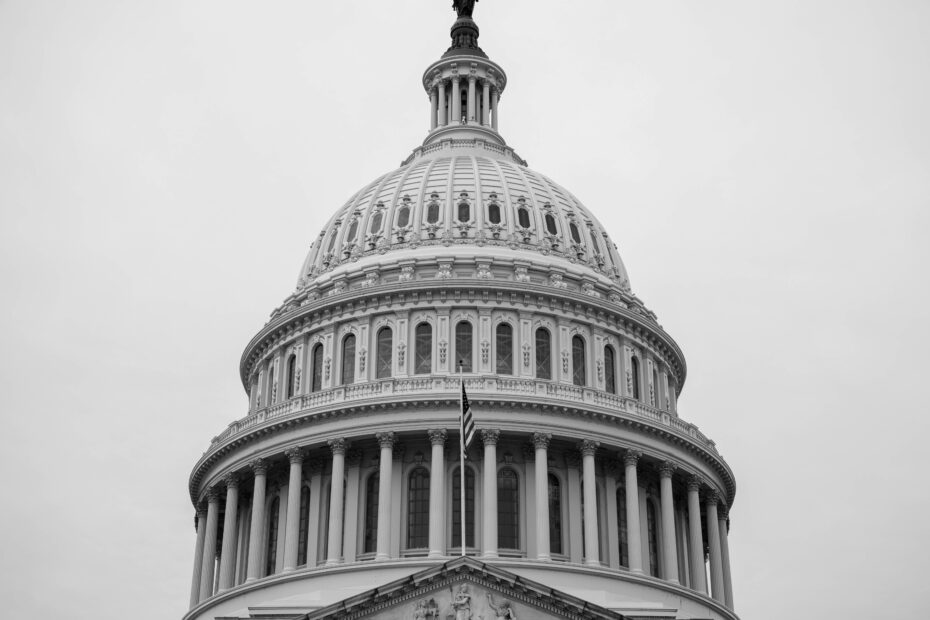By Eva Rothenberg
One of the first ambitious proposals put forth by the Biden administration has caused a linguistic schism between Democrats and Republicans, the fissures along the same ideological lines highlighted through language. Underlying the palaver of budget constraints and bipartisan support, President Joe Biden’s American Jobs Plan raises questions about the semantic minutiae of the term “infrastructure” and the real-world implications of its linguistic renegotiation.
Biden’s initial proposal, published in late March, cast a wide net. In releasing the plan, the White House stated that it hoped to “re-imagine and rebuild a new economy,” and distinguished this plan from its predecessors by “[prioritizing] addressing long-standing and persistent racial injustice.” This commitment of social justice manifested in the plan’s provisions; it addressed everything from public transportation, buildings, and water systems to child care, funding for community colleges, wages for essential home care workers, and workplace health and safety protocols. It allocated $85 billion to revamping public transport, $100 billion to expanding high-speed broadband access, $30 billion to funding research and development jobs, and $40 billion to improving public housing, among other things. When the White House released the plan, the overwhelming question was: are these really all aspects of our country’s infrastructure? And the answer is: well, why not?
This generous definition caused Republican lawmakers to balk, fearing the proposed price tag of over $2 trillion. Mitch McConnell said in May, as Congressional talks began, that he and other Republicans were willing to negotiate “an infrastructure bill that’s really about infrastructure – roads, bridges, ports, waterlines, sewer lines, broadband – something we can all agree is infrastructure,” and one that would amount to roughly $928 billion. Here, Republicans were utilizing a conventional definition, referring to the physical systems and resources that most Americans expect as citizens of a developed country: functional roads, stable bridges, and clean water. This conventional definition is what we would normally expect to see listed in any dictionary under the word “infrastructure.” In fact, the Oxford English Dictionary traces the origins of “infrastructure” to the early 20th century, where this physical, material interpretation is first mentioned in regard to a French city’s culverts and tunnels.
Yet the Biden administration’s definition is actually the more literal one. “Infrastructure” consists of two morphemes: the prefix infra- meaning “below” or “underlying,” and structure meaning “the aggregate of elements of an entity,” according to Merriam-Webster. Taken at face value, this definition acknowledges the aspects of our society that operate underneath the surface, allowing us to function and thrive in our daily lives.
By re-framing infrastructure around people rather than objects, this all-encompassing definition is an implicit assertion that society is built on the backs of ordinary people and, more so, those who work thankless jobs: caregivers, small business owners, innovators, and low-wage workers who have minimal workplace safety or job security. This broad interpretation, though likely to be considerably pruned by the time it descends from Capitol Hill, subtly (and perhaps unintentionally) forces us to consider a human-centric economy. It hints at a system wherein people are not reduced to gross output, but are recognized as essential pillars of a functioning nation. In its effort to “re-imagine and rebuild a new economy,” the Biden administration suggests that the working and living conditions of the American people are as unsafe and eroded as any road or old building. Just as forest fires, hurricanes, and earthquakes wreak havoc on our steel and stone infrastructure, so too do stagnant wages and dangerous working conditions strain the flesh and blood infrastructure of the United States.
Conventionalized definitions and — by extension — convention itself, is a cornerstone (if not the cornerstone) of language as a human phenomenon. Yet, at times it is also useful to interrogate these conventions by asking who “all agree[d]” to a single, uniform understanding. As much as language is steeped in convention, it is also continuously changing in parallel to our social norms. It is crucial, therefore, to flexibly adapt words and their concepts to a world in perpetual flux.
Yet, we might also ask: why not simply refer to this bill by another name, one that perhaps emphasizes the social programs it attempts to address? Or why not split this bigger package into two deals? The simplest answer, and perhaps the most logical, is a linguistic anthropological one: that our understanding of the world around us is aided by conventionalized semiotic footholds. In his Course in General Linguistics, Saussure writes that “[language]is always an inheritance from the past,” and that, by studying language, we are by extension studying “how [social institutions are] handed down from generation to generation.” Because our understanding of words is “ratified by collective agreement” within our society, language change often follows social change and vice versa.
There is no telling whether the decision to cast a wide net in this infrastructure proposal was strictly a deliberate attempt by the Biden administration to re-frame our society around a more people-oriented model or simply an attempt to pass as many reforms as possible in one fell swoop. However, when viewed through a linguistic anthropological lens, it is easy to see why it may have been more palatable to categorize wages and education alongside familiar infrastructural associations, such as bridges, roads, and buildings. By lumping them in with our conventional understanding of infrastructure, lawmakers were affirming the fact that these human-centric components are, in fact, essential pillars of our country. If they had used another term, these lawmakers may have risked both legally and semantically siloing these issues. Removing these matters from their linguistic context would have also removed them from their social context. Our language and social institutions are so inextricably linked that, in order to change one, you must shift your understanding of the other.
